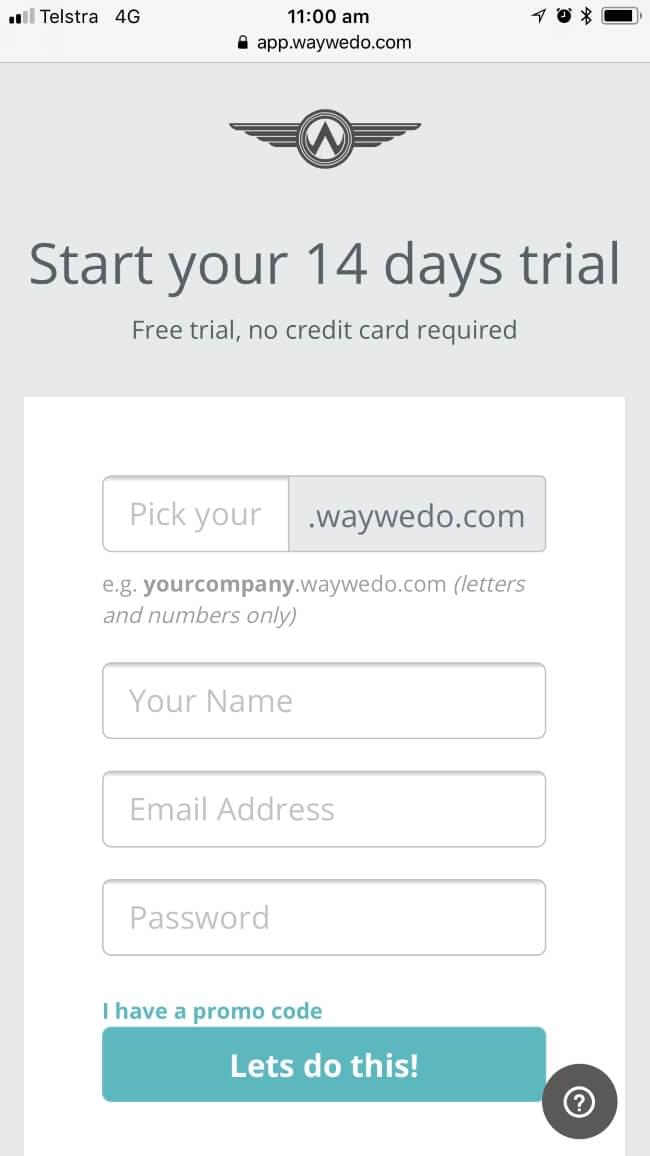Starbucks, once the cozy corner of countless mornings, is now fighting to regain its former glory. Plagued by long lines, inconsistent quality, and a menu that’s more confusing than a quantum physics equation, the coffee giant is taking drastic measures to streamline its operations and win back customer hearts (and wallets).

The Bitter Brew: What Went Wrong?
What happened to the place where you could actually relax with a latte and a good book? Well, a few things. Starbucks has been facing a perfect storm of challenges that have eroded its brand reputation and customer loyalty. Some of the key issues include:
- The Customization Chaos: From soy to oat to almond, and every syrup under the sun, the menu became a complicated monster. Baristas were overwhelmed, and customers were left waiting. The excessive number of customization options added complexity to the ordering process and slowed down service.
- Declining Sales and Customer Traffic: The company has experienced a significant decline in both sales and customer traffic, particularly in North America. North America makes up 43% of the company’s 40,000 stores around the world, which accounts for 75% of global revenue.
- Long Wait Times: Customers have complained about excessively long wait times, especially for mobile orders and in-store purchases.
- Inconsistent Product Quality: Quality control issues have led to inconsistent product quality, frustrating customers and damaging the brand’s reputation.
- Rising Costs and Price Sensitivity: As inflation rises, customers are becoming more price-sensitive, making them hesitant to pay for $8 lattes.
- The Mobile Madness: The company’s digital initiatives, such as mobile ordering and delivery, have sometimes led to operational challenges and customer frustration. While the app was a convenient idea, it often led to a surge of orders that overwhelmed stores.
- Loss of the “Third Place” Experience: The COVID-19 pandemic forced Starbucks to shift its focus to drive-thru and delivery, leading to a decline of the in-store experience that was once a hallmark of the brand. Somewhere along the way, Starbucks forgot what made it special: a warm, inviting space to unwind.
These challenges have combined to create a perfect storm that has eroded customer trust and loyalty. Starbucks is implementing a series of strategies to simplify its operations and improve the customer experience.
Starbucks’ 4-Minute Miracle: Can It Work?
To address these issues, Starbucks CEO, Brian Niccol, has introduced a four-minute goal. This ambitious target aims to reduce the time it takes to prepare and deliver customer orders, ensuring a swift and efficient experience. To achieve this, the company is taking several steps:
- Menu Simplification: By reducing the number of customization options, Starbucks can streamline its operations and speed up order processing.
- Improved Mobile Ordering: The company is working to enhance its mobile app to make it easier for customers to place orders and reduce wait times.
- Enhanced Store Design: Starbucks is revisiting its store design to create a more comfortable and inviting atmosphere, reminiscent of its earlier days.
- Focused Training: Baristas are receiving specialized training to improve their efficiency and product consistency.
- Prioritizing Core Offerings: The company is focusing on its core products, such as brewed coffee and espresso-based drinks, to ensure quality and speed. Brewed coffee will be delivered to customers at the register.
- Outsourcing Process Steps to the Customer: Starbucks is reintroducing condiment bars, allowing customers to customize their drinks to their liking by adding milk and sweeteners, reducing tasks for the barista to implement.
- Leveraging Technology: Starbucks has introduced a new innovative technology called the Siren System to further improve efficiency and reduce wait times. This system is designed to automate certain tasks, such as milk steaming and drink assembly, leading to faster preparation times. By implementing the Siren System, Starbucks aims to significantly reduce the time it takes to prepare complex drinks like Frappuccinos.
- Prioritizing Affordability: The company has committed to not increasing prices in the upcoming fiscal year and has eliminated extra charges for non-dairy milk. However, they aim to position Starbucks as a premium brand and experience.
The Takeaway: Less is More
Starbucks’ 4-minute mission is a lesson for businesses of all sizes: sometimes, less is more. By simplifying its offerings, streamlining operations, and investing in technology, Starbucks is hoping to rediscover its roots and regain customer trust.
Starbucks’ journey to simplification offers valuable insights for businesses of all sizes:
- Listen to Your Customers: Pay attention to customer feedback and identify areas where improvements can be made. Implement a Customer Complaint and Investigation process to document and analyze customer complaints.
- Simplify Your Offerings: While customization can be appealing, too many options can lead to complexity and inefficiency. Regularly review your product and service offerings to identify opportunities for simplification through an Annual Product and Price Review process.
- Prioritize Efficiency: Streamline your processes to reduce wait times and improve customer satisfaction. Use Business Process Management initiatives to map out your processes, identify bottlenecks, and implement improvements.
- Invest in Your Team: Provide your employees with the training and tools they need to excel. Implement a robust On-the-job Training and Development program to ensure your team is equipped with the skills and knowledge to deliver excellent customer service.
- Focus on the Core: Don’t lose sight of what made your business successful in the first place. Regularly review your business strategy to ensure you’re staying true to your core values and mission. Document and implement an Annual Business Strategy process.
- Embrace Technology: Leverage technology to automate tasks, improve efficiency, and enhance the customer experience.
Leveraging Way We Do to Drive Process Improvement
Way We Do is a powerful tool to help businesses implement these lessons and drive improvement. By using Way We Do, businesses will:
- Document and Standardize Processes: Create clear and concise process documentation based on process management principles to ensure consistency and efficiency.
- Implement Training Programs: Develop and deliver effective training programs to upskill your workforce and understand knowledge gaps through Quizzes and Workplace Based Assessments.
- Track Performance and Identify Opportunities for Improvement: Monitor key performance indicators (KPIs) to identify areas for improvement and measure the impact of changes.
- Foster a Culture of Continuous Improvement: Encourage employees to share ideas and suggestions for improvement through a culture of continuous improvement.
So, can Starbucks pull off this 4-minute miracle? Only time will tell. But one thing’s for sure: the coffee giant is taking a bold step to reclaim its throne.
By leveraging the power of Way We Do, businesses can emulate Starbucks’ commitment to simplicity and efficiency, leading to improved customer satisfaction and increased profitability. Book a time for a virtual coffee with the Way We Do crew to chat further about your process improvement strategy.





